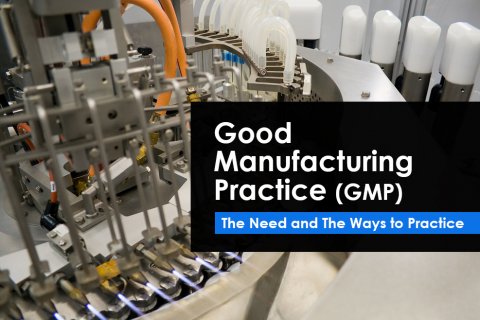Between 10/1/2015 and 9/30/2016, the United States Food and Drug Administration (USFDA) through its system has issued almost 3905 483s to Biologics (84), Medical Devices (934), Drugs (691), and Food (2196) manufacturers. The number shows that there is significant rise in manufacturing violations when the health agency inspected respective facilities. Instances of companies failing to adhere to cGMP (current Good Manufacturing Practice) were observed followed by receiving FDA warning letters, facility shut down, and severe cost burdens to manufacturers.
To give you a handful of examples,
- In a recent incident, a reputed East Asian pharmaceutical company has been issued a 483 with a warning letter, and the result is that the company is subjected to keen scrutiny in all future cases even if it clears with a ‘no observation.’
- Another major Indian pharmaceutical firm, because of the 483s it received from the US health authority had to encounter an overnight downfall in the share market. However, with an improvised facility activities and compliant GMP standards, soon after they regained the reputation and won a no observation from the agency which boosted their market price overnight.
Similar results were observed in multiple cases reiterating the importance of adhering to the GMP standards and emphasising its benefits for the organisations. In this scenario, it is of utmost importance for manufacturers to know how they come off such observations and what’s the role of GMP standards to do so.
Why should you adhere to the GMP standards?
As widely known implementing GMP not only serves to safeguard the safety, quality and efficacy of the products manufactured. But in addition, it is to secure a company’s brand image in the eyes of Regulatory bodies across the world. It is:
- to gain consistent market growth which is enabled through the ease of business transition it offers
- to reduce organization’s operating costs with no need to rework and zero penalties to address
- to help all stakeholders develop a positive perception towards the organization’s manufacturing procedures
What needs to be done?
To export manufactured drugs and devices to other regions, it is essential to comply with the regional requirements of the concerned importer. Despite continuous efforts of international harmonization, there might be hidden procedural gaps which needs your attention. To know the right compliance route, reach for a Regulatory expert who practices compliance in a perennial way.
Having a team with 30+ years of cumulative experience in quality assurance, audit, validation and compliance, Freyr assists manufacturers to comply with:
- GxP process establishment
- Performing audit for established GxP set ups and proposing multiple mitigation strategies
- Determining your inspection readiness
- Performing Root Cause Analysis (RCA) and Corrective and Preventive Action (CAPA) for a Regulatory audit finding and Evaluating the efficiency of CAPA for facing / submitting to a Regulatory Audit
- Performing target audit (Molecule /function-specific audit)
- Due diligence audit (Auditing customer’s supplier)
Get rid of 483s being compliant from the very first step.





